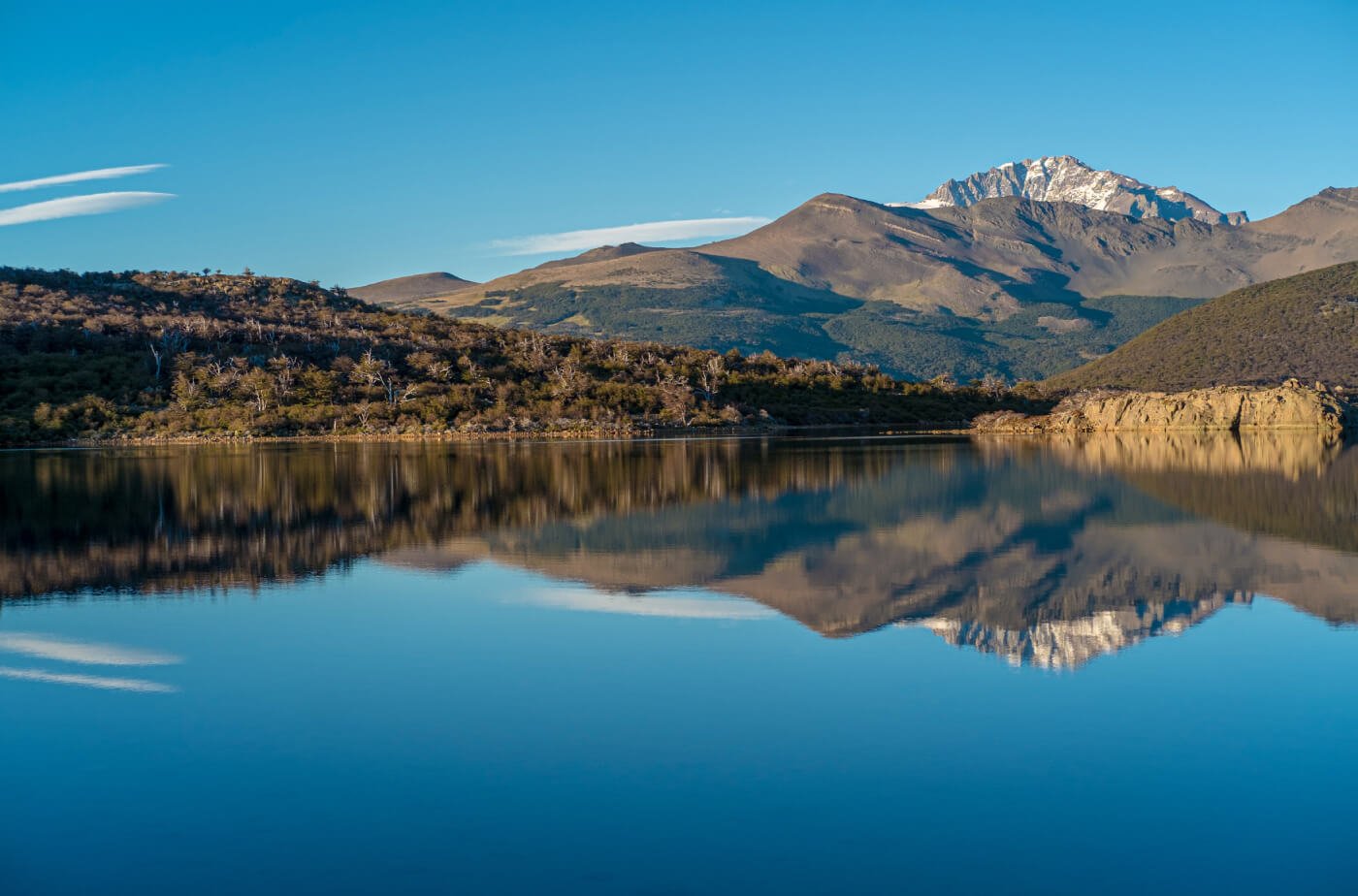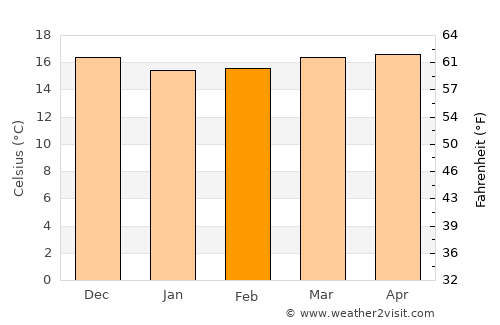
Residents east of the Oakland hills and in the South Bay could potentially be spared the worst of these winds, thanks to the natural barriers that the East Bay’s hills and Santa Cruz Mountains provide. Some of the higher peaks in the Marin Headlands, the Oakland and Berkeley hills and the west-facing slopes of the Santa Cruz Mountains could easily experience gusts that exceed 60 mph from Monday night to Tuesday morning. The consensus between the American and European weather models is that the strongest winds will arrive just after 10 p.m., climbing above 45 mph in most of the region.Ĭoastal communities and San Francisco’s west side are expected to see local gusts over 55 mph as the cold front comes ashore. The American weather model, which performed well on the spatial coverage of the winds last week, is forecasting strong wind gusts around the time the storm’s cold front approaches the Bay Area on Monday night. That said, its impacts will still be widespread regardless of whether its center makes landfall. The American weather model’s forecast wind gusts between Monday night and Tuesday morning across the Bay Area, with some of the strongest winds likely to be found right along the immediate coastline - over 60 mph. It also means the odds of the system maintaining an eye as it passes over the Bay Area are lower than in the previous storm. In general, models are trending away from this storm hosting the same ferocity in the wind and rain impacts that the Bay Area experienced last week. The lower the sea-surface pressure on a storm, the stronger its winds, so for now weather models are predicting this storm will be a bit less intense. For context, the sea-surface pressure on the last storm fell to 984 millibars as its eye went over San Francisco - lower than anticipated with this next system. The sea-surface pressure around the storm’s center will quickly drop, with both the European and American weather models forecasting that its pressure will be around 992 to 996 millibars by the time it gets close to the Sonoma County coastline. Like the storm that descended upon the Bay Area and Santa Cruz last week, this means powerful winds could again pose risks to infrastructure in communities that have already been seriously affected by winter’s storms. The storm is then forecast to undergo cyclogenesis, or rapid intensification, as it approaches the Bay Area on Monday afternoon. Once the two systems merge Sunday night, weather models forecast that both of their strongest traits will create an intense storm off the coast of California. But as it turns out, the second low hovering near Hawaii is tapping into plenty of moisture off the Pineapple Express. However, the polar low alone can’t generate any heavy rain and snowfall without having moisture to draw from. Because low-pressure systems in this part of the world draw their winds from these temperature differences, this system is carrying a lot of convective energy for raising winds and thunderstorms. The cold air mass it introduces to Northern California over the next several days will create a sharp temperature contrast between sea-surface temperatures and land temperatures. The low near Alaska is commonly referred to as a polar low and will help usher in the bitter cold nighttime temperatures that are on tap for this weekend and into Monday.

Both systems will introduce two critical weather ingredients that will crank up the impacts once the storm approaches the Bay Area around Monday afternoon.

These mismatched low-pressure systems have been eyeing the West Coast since Wednesday and are forecast to eventually merge off the coast of California and Oregon, becoming a storm by Sunday night. The polar low off the coast of British Columbia and the Kona low over the open water will both spin around each other over the course of the weekend, eventually becoming one storm.

The stage is set for another strong March storm that’s expected to bring powerful winds, rounds of heavy rain and thunderstorms to the Bay Area. t he Pineapple Express - and undergo rapid intensification. Weather models forecast that it will then tap into the atmospheric moisture between Hawaii and California - a.k.a. Two low-pressure systems off the coast of Hawaii and Alaska will quickly merge into a storm around Sunday, heading toward the West Coast by Monday morning.


 0 kommentar(er)
0 kommentar(er)
